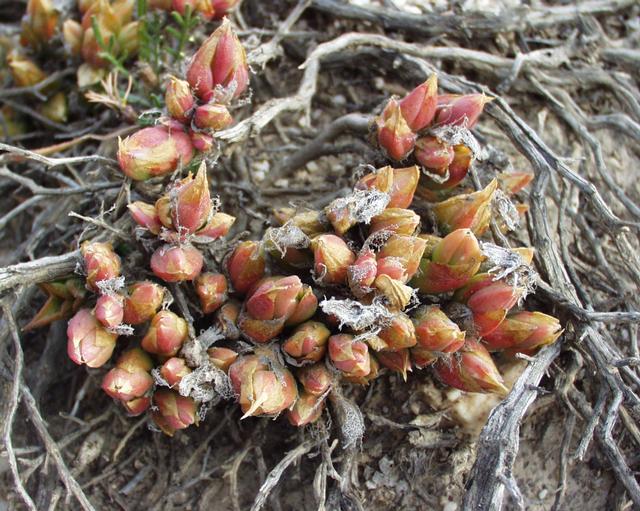Discussion and conclusion
The present studies are the first formal in vivo toxicological
studies of an extract of S. tortuosum (Zembrin®) and provide supporting
evidence for the safety and tolerability findings in the first
clinical study (Nell et al., 2013). The repeated administration of
Zembrin® for 90 days by gavage toWistar rats resulted in a NOAEL
of 600 mg/kg bw/day. Applying a 100-fold uncertainty factor to compensate
for inter- and intraspecies differences, results can be
extrapolated to an acceptable daily intake of 420 mg by a 70 kg
human. Zembrin® is intended to be used as an ingredient in functional
foods, beverages, and dietary supplements. The recommended
consumption is 25 mg per day. This is 0.357 mg/kg bw/day in a 70 kg
adult, which is 1680 times less than the NOAEL of 600 mg/kg bw/
day. The indigenous classification as a mak, or mild variety, of the
S. tortuosum variety selected for extraction of Zembrin® is supported
by our findings that there were no changes in central nervous
system signs, behavior, activity, weight, or food intake at any of the
doses studied.
In previous safety assessments (Harvey, 2008, unpublished;
Jurkowski, 2008, unpublished), we observed that =100 µg/mL of
Zembrin® had no effect on severalmammalian cell lines and did not
cause genotoxicity in vitro, as revealed by assays for induction of
micronuclei in CHO-K1 and V79 cells, or bacterial reversion in an
Ames test. At 10 µg/mL Zembrin® did partly reduce K+ currents
through hERG channels in whole cell patch clamp experiments although
this concentration is unlikely to be achieved in vivo.
A small series of clinical case studies of subjects who ingested
daily amounts of 50–100 mg of uncharacterized milled S. tortuosum
raw material reported positive findings on mood and feelings of
anxiety (Gericke, 2001), and an in vivo study of an uncharacterized
extract of S. tortuosum in rats demonstrated a positive outcome on
the behavioral effects of restraint stress (Smith, 2011). Positive effects
on well-being, including improved stress coping and improved sleep,
were noted in patient diaries by some participants taking extract
S. tortuosum (Zembrin®) in the first clinical study of this extract (Nell
et al., 2013). A recent double-blind placebo-controlled cross-over
pharmaco-fMRI study of a single 25 mg dose administration of
Zembrin® in healthy university students demonstrated significant
attenuation of amygdala reactivity to fearful faces under low
perceptual load conditions and reduced amygdala–hypothalamus
coupling (Terburg et al., 2013).
The above clinical and preclinical results support the suggested
potential of Zembrin® as beneficial to promotion of a sense
of emotional well-being, calming effect, and stress relief. The present
in vivo toxicological studies on Zembrin®, together with the clinical
evidence of safety and tolerability (Nell et al., 2013) and our
unpublished in vitro safety studies, provide a foundation for future
studies designed to evaluate health-promoting applications of extract
S. tortuosum (Zembrin®) in functional foods, beverages, and dietary
supplements.

 en.wikipedia.org
en.wikipedia.org

 en.wikipedia.org
en.wikipedia.org

 en.wikipedia.org
en.wikipedia.org

 en.wikipedia.org
en.wikipedia.org




